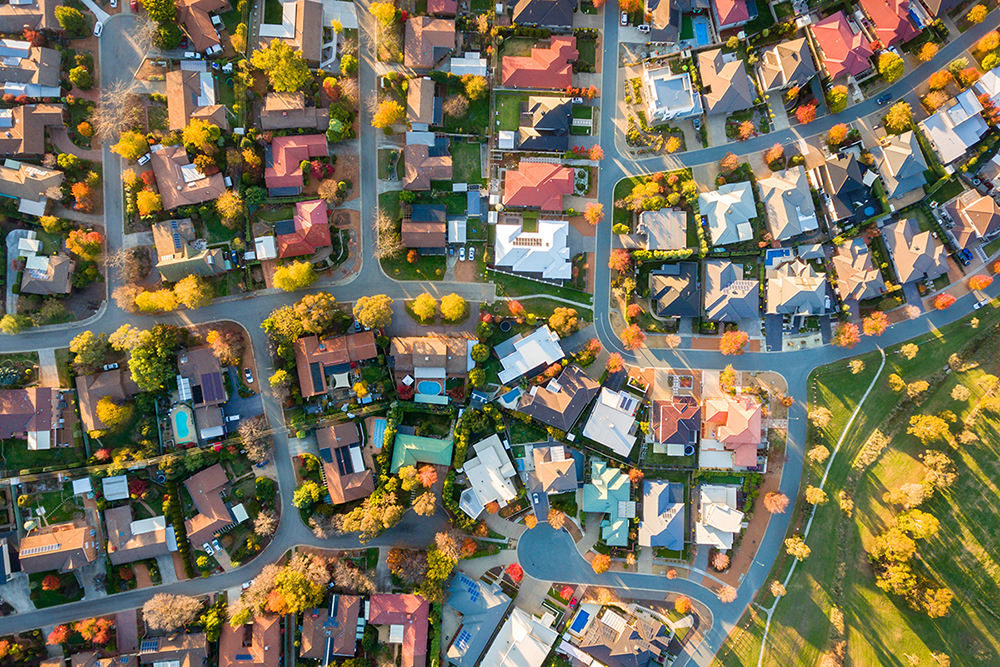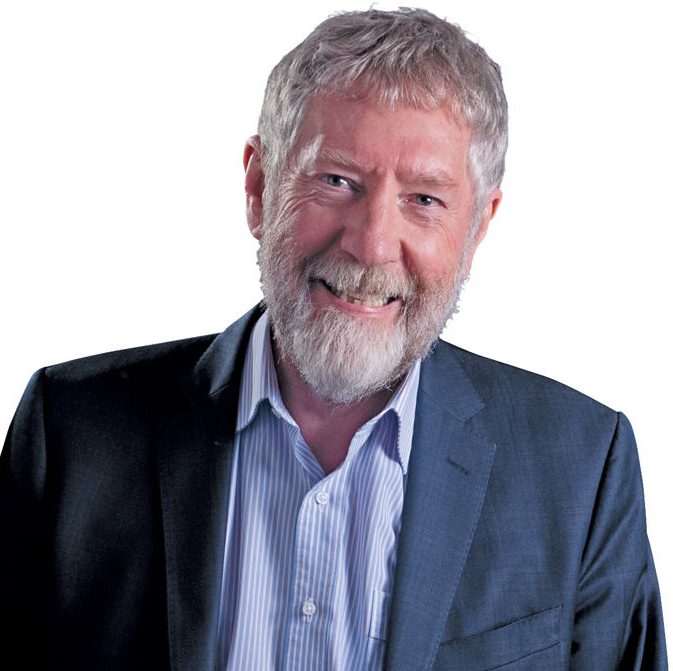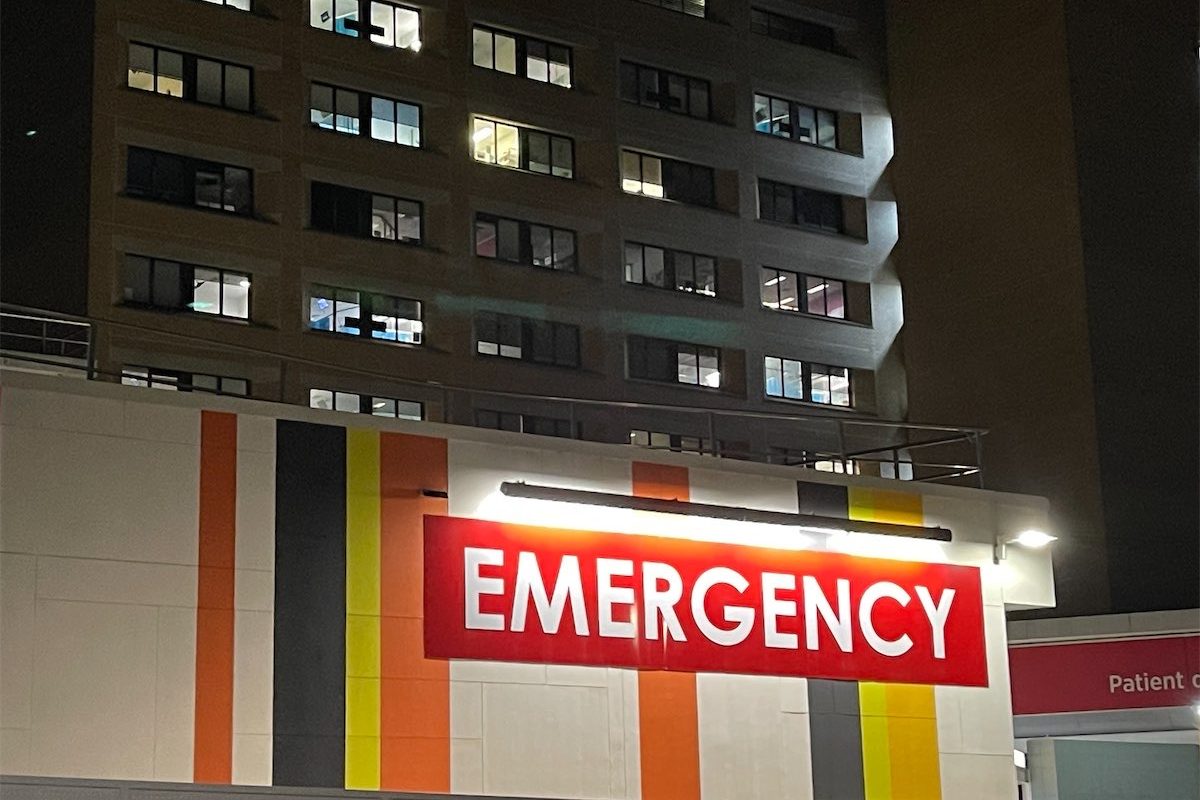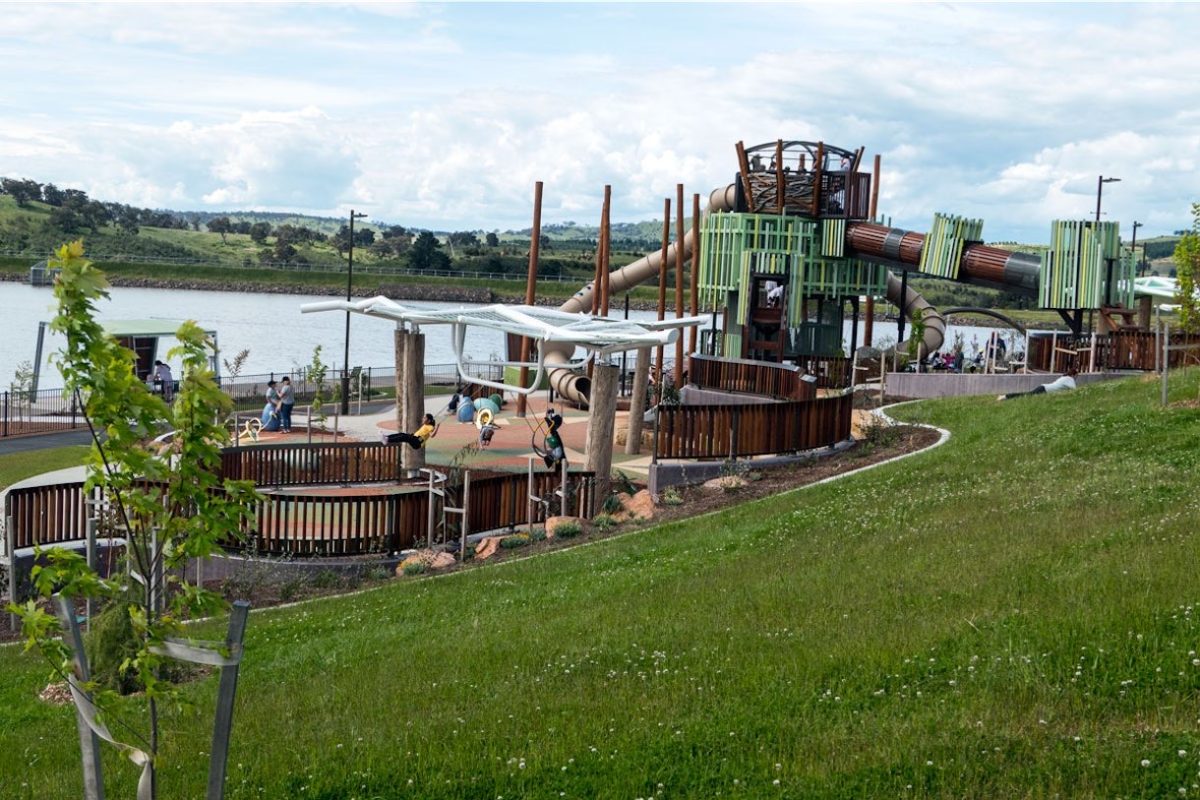
“Good governance is not just going through the process of consultation. The real test will be to see what has changed in the planning of Canberra through such consultation,” writes columnist MICHAEL MOORE
THE legislation to change the planning parameters of Canberra has now passed the Legislative Assembly. However, it is not too late for the development of Canberra to proceed in a manner that retains the character and best elements of the world’s best planned city.

Cities in Australia are not alone in wrestling with the issues of retaining character while expanding to allow for population growth. Guidance for this sort of development can be found through the principles of the International Council on Monuments and Sites (ICOMOS).
As Waikato University professor Alexander Gillespie explained in “The Conversation”, ICOMOS is the only global non-governmental organisation of its kind dedicated to promoting the conservation of architectural and archaeological heritage.
ICOMOS updated “The Valletta Principles for the Safeguarding and Management of Historic Cities, Towns and Urban Areas” in 2011 to deal, interalia, with questions around the way urban planning changes the character of cities.
Internationally, those involved with ICOMOS recognise the role of landscape as common ground, where “the townscape, including its topography and skyline, as a whole, seem more important than before”.
Of particular interest in Canberra is the focus of ICOMOS on fast‐growing cities. These need to consider the problems of large‐scale developments, which have the potential to undermine “the authenticity and integrity of historic towns”.
The concept includes the “urban patterns, the green spaces and the relationships between buildings and green and open spaces”.
ICOMOS has defined the “Valletta Principles”, which identify elements to be preserved when a city is expanded. Unfortunately, many of the proposals presented by the ACT government during this round of planning consultation and the facilitating legislation simply fly in the face of the Valletta Principles.
In March, during the consultation period on the draft plan, I wrote about the importance of choice – noting that the fundamental problem with the document is that it does not look through the lens of choice.
Ordinary people make choices about where they want to live and how they wish to live. For some, high-density living as found in inner Melbourne and many cities worldwide fits this choice. For many others – they simply do not have the choice to live in the way that the vast majority of Canberrans already choose.
In that article I pointed out that Canberrans overwhelmingly choose to live in a single house, in a diverse suburb with small shopping centres and access to local schools. The Y-plan of half a century ago delivered on these preferences and choices. At the time higher-density living was also facilitated. It was not forced.
The Valletta Principles emphasise the importance of good governance. The ACT government will claim that they did meet the aims of good governance in accordance with ICOMOS that suggests “Good governance makes provision for organising broad orchestration amongst all stakeholders”. It goes on to list the sorts of organisations involved in cities.
However, good governance is not just going through the process of consultation. The real test will be to see what has changed in the planning of Canberra through such consultation.
It does not stop at the point of legislation but remains a responsibility of government. “Direct consultation and continuous dialogue with the residents and other stakeholders is indispensable”.
When the Valletta Principles were updated in 2011, ICOMOS recognised that urban redevelopment was changing rapidly and now needed to “reflect a greater awareness of the issue of historic heritage on a regional scale rather than just confined to urban areas; of intangible values such as continuity and identity; of traditional land use, the role of public space in communal interactions and of other socioeconomic factors such as integration and environmental factors”.
Planning issues have been controversial in Canberra even before self-government. This is because so many Canberrans are rightly proud of their city, enjoy its unique character and love living here. They fear the key elements being undermined by greed and misconceptions by blindly copying the worst features of other cities.
The final word comes from the Valletta Principles: “Historical or traditional areas form part of daily human life. Their protection and integration into contemporary society are the basis for town‐planning and land development”.
Michael Moore is a former member of the ACT Legislative Assembly and an independent minister for health. He has been a political columnist with “CityNews” since 2006.
Who can be trusted?
In a world of spin and confusion, there’s never been a more important time to support independent journalism in Canberra.
If you trust our work online and want to enforce the power of independent voices, I invite you to make a small contribution.
Every dollar of support is invested back into our journalism to help keep citynews.com.au strong and free.
Thank you,
Ian Meikle, editor





Leave a Reply